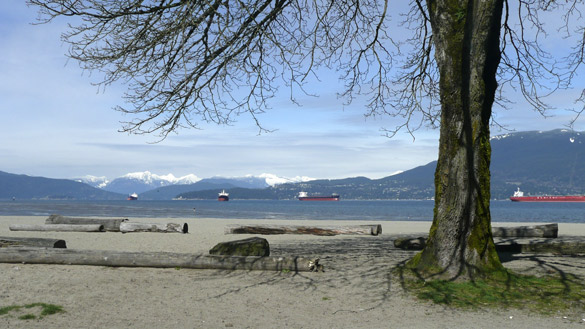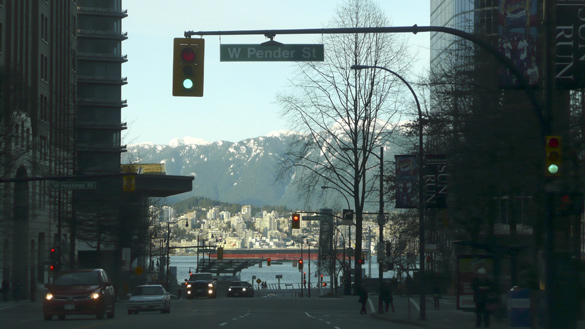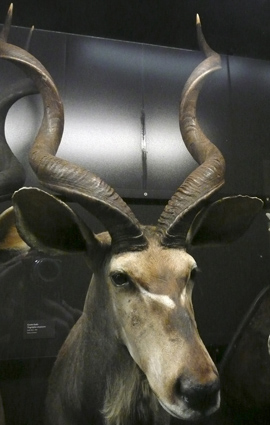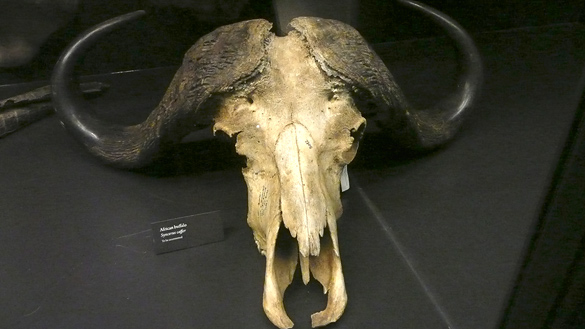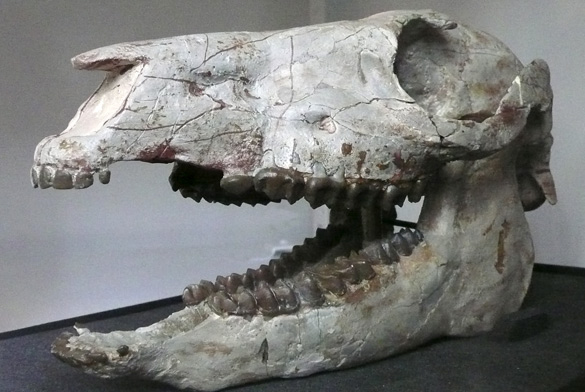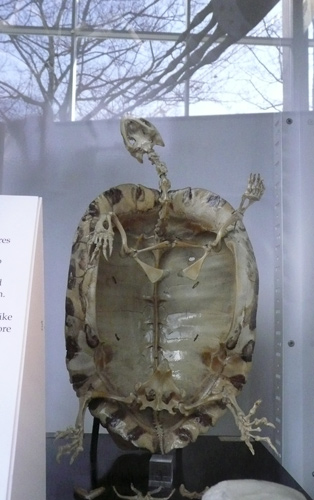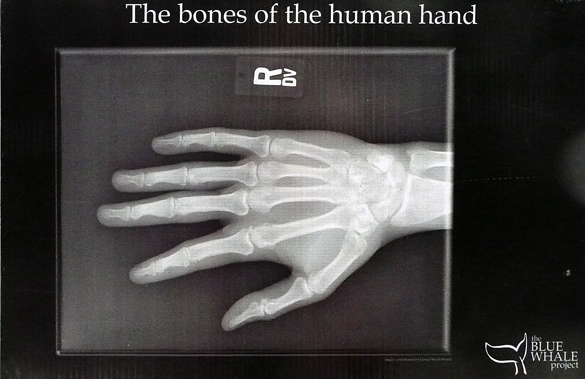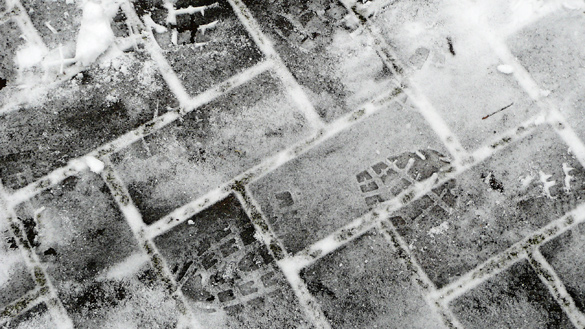Beaty Biodiversity Museum – 6

Next in our walk through the Beaty came the sections with small animals and birds in their skins with fur or feathers that are laid down in rows upon rows on shelves inside glass-doored display cabinets. I found these quite disturbing to look at and skimmed past these while asking myself, why is it harder than looking at the trophy heads and the skulls? This collection of eggs are a delight though (sorry about the reflections).


Somewhat disturbing too are the many forms of fish life preserved in jars of alcohol, looking much like pickles. I love the abstract image of “windows” containing warmly backlit rows of preserving jars from small to huge. It was challenging to photograph closeups through the wired glass but then I didn’t want to look too closely anyway. Husband did capture this delightful seahorse, unpickled. I used to think that was an imaginary fairytale creature.

Then there is the wonderful Herbarium. Seeing all the lichens so soon after I’d done some posts on them was serendipitous but I’m quite disappointed that I was unable to capture photos of their amazing variety because of the reflections on the glass. Of course only a small selection in any of the collections are on display. There are numerous drawers, also glass covered, that one could pull out to examine the contents – a researcher’s dream and an awesome record of biodiversity, but just too too much to see in one visit!
Coming soon and the last in this longer-than-planned series are the fossils, always a favourite of mine.


